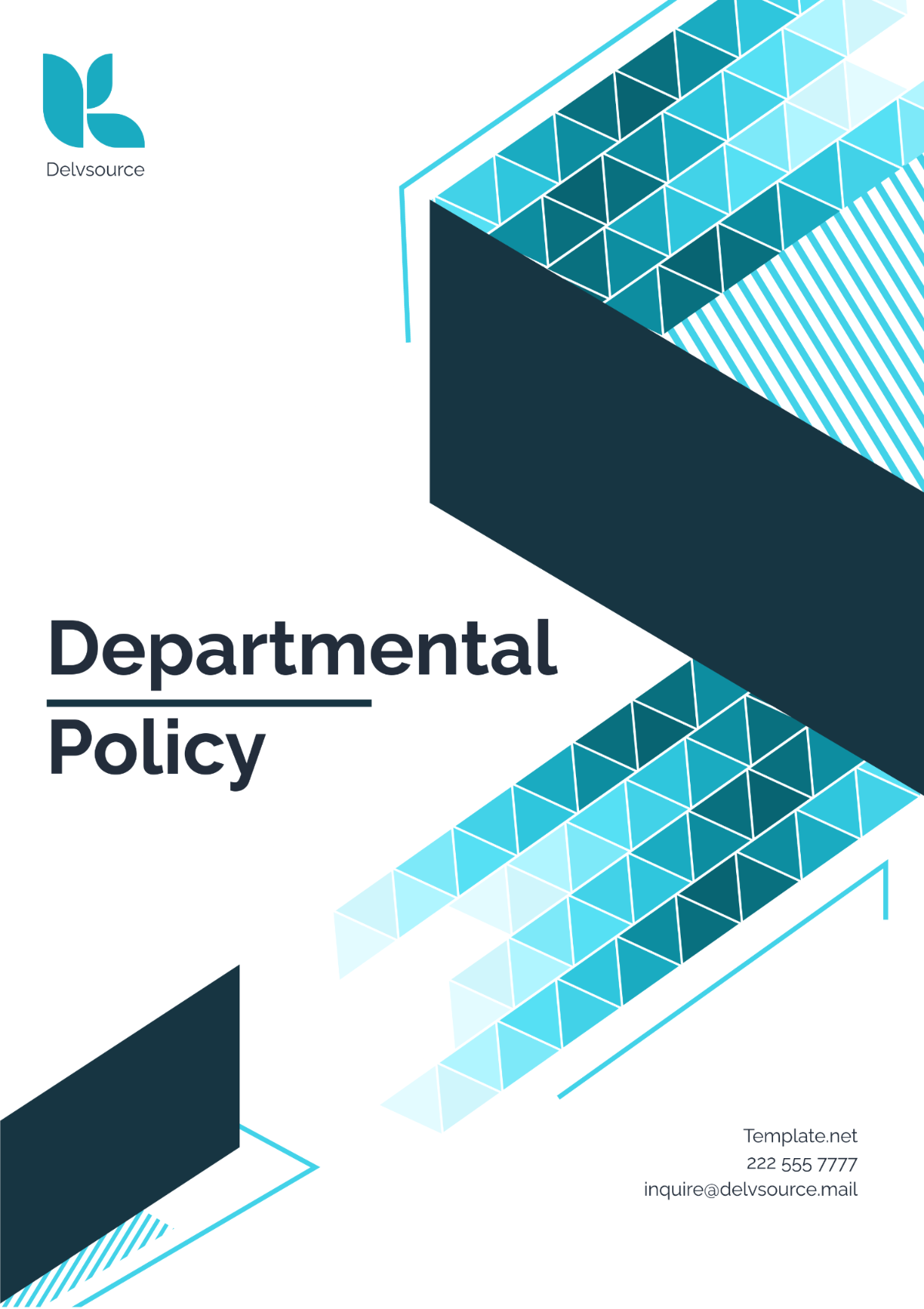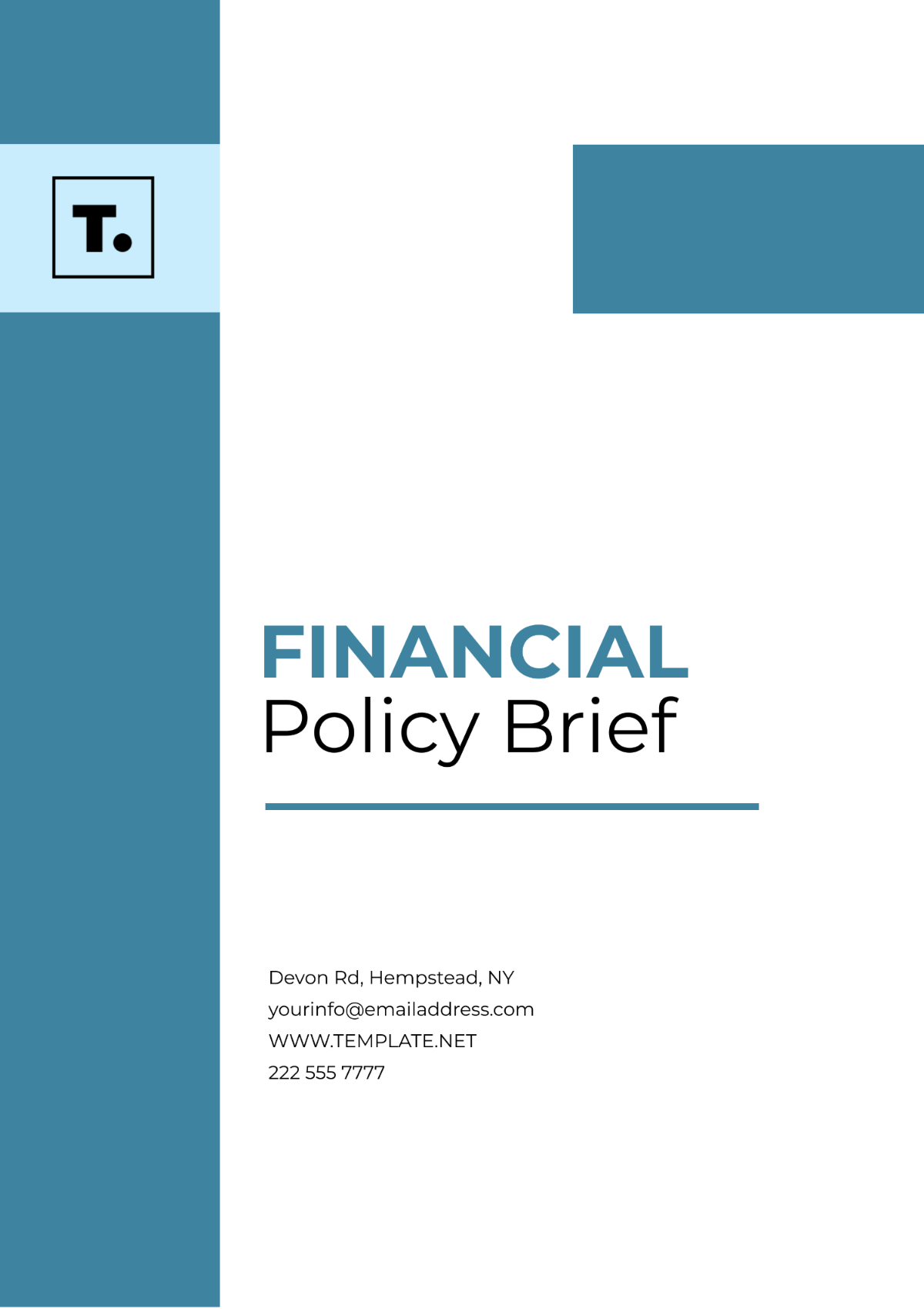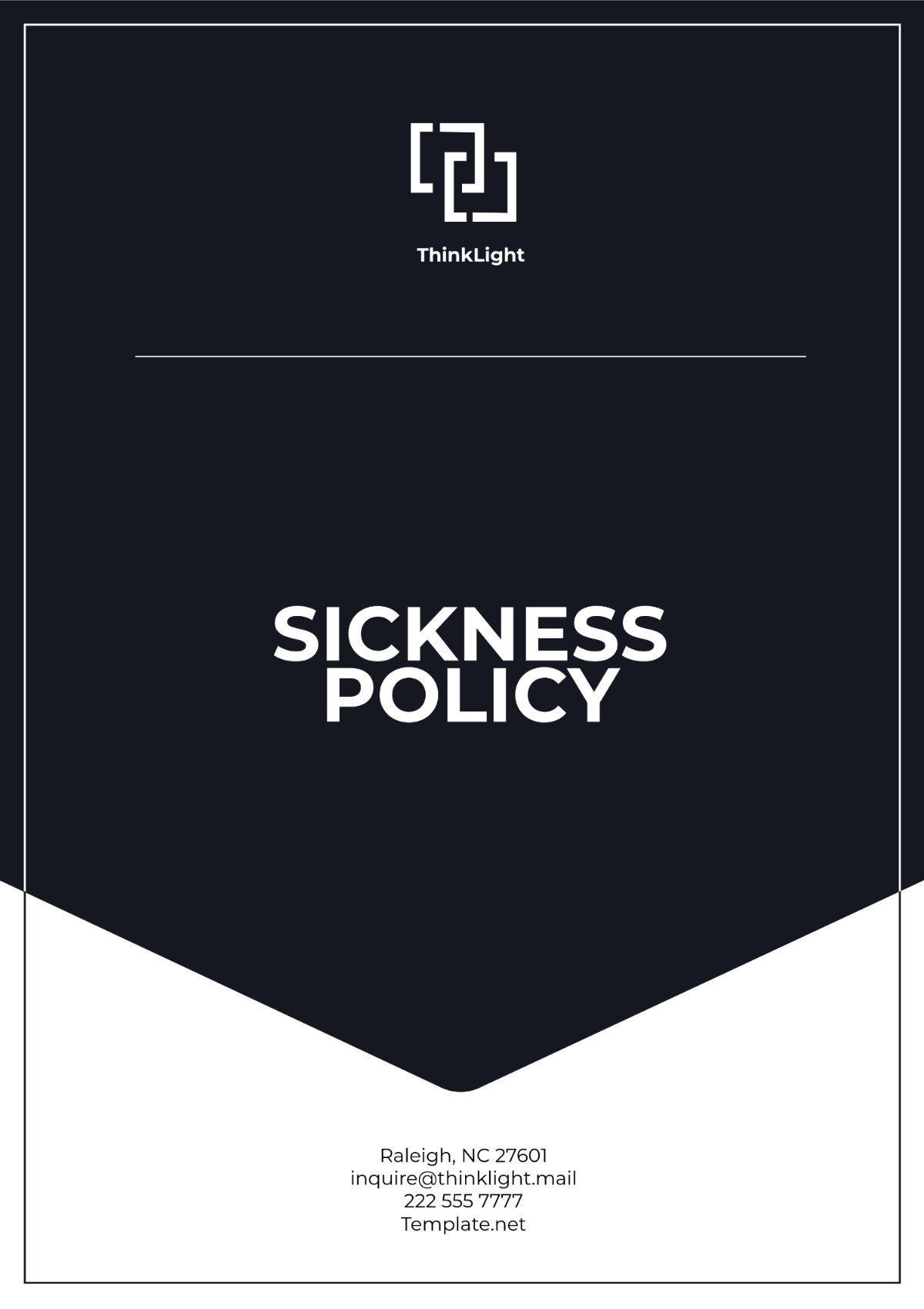POLICY RESEARCH
I. Executive Summary
In this study, conducted by [Your Name] at [Your Company Name] in 2054, we investigate the efficacy of educational reform policies implemented in the past decade. Our objective is to evaluate the impact of these reforms on student outcomes and institutional effectiveness. Using a mixed-methods approach, we analyze quantitative data from standardized test scores and qualitative data from teacher and student surveys. Our key findings indicate improvements in student performance and engagement, although disparities remain among different demographic groups. We recommend targeted interventions to address these disparities and further research to refine the policy.
II. Introduction
Educational reform has been a critical focus for policymakers aiming to improve academic achievement and equity in schools. Since 2044, a series of reforms have been enacted to enhance curriculum standards, teacher training, and resource allocation. This research examines these reforms' effectiveness and their impact on educational outcomes, with a particular focus on underserved communities.
III. Literature Review
The literature on educational reform highlights various approaches and outcomes. Studies by Smith et al. (2050) and Jones (2049) emphasize the importance of comprehensive curriculum changes and professional development for teachers. However, Brown's (2048) research suggests that while reforms can lead to improved test scores, they often fail to address underlying inequalities in educational access and resources. This study builds on these findings to provide a contemporary evaluation of recent reforms.
IV. Methodology
A. Research Design
We employed a longitudinal study design to track the effects of educational reforms over time. The research framework integrates both quantitative and qualitative methodologies to offer a holistic view of the policy impacts.
B. Data Collection
Data was collected from multiple sources, including:
Standardized Test Scores: Annual performance data from 2044 to 2053.
Surveys: Questionnaires were distributed to over 1,000 teachers and 5,000 students across various districts.
Interviews: Semi-structured interviews with 50 educational administrators and policymakers.
C. Analysis Methods
Quantitative data was analyzed using statistical techniques such as regression analysis to identify trends and impacts. Qualitative data was subjected to thematic analysis to extract key themes and insights from survey responses and interviews.
V. Findings
Finding | Description | Data Source | Impact |
|---|---|---|---|
Improved Student Performance | Test scores increased by 15% on average | Standardized Test Data | Positive impact on academic achievement |
Enhanced Teacher Satisfaction | A 20% increase in teacher satisfaction reported | Teacher Surveys | Improved teacher morale and engagement |
Persistent Achievement Gaps | Significant performance gaps between demographic groups | Survey and Interview Data | Equity issues remain a concern |
VI. Discussion
Issue | Analysis | Implications | Recommendations |
|---|---|---|---|
Achievement Disparities | Persistent gaps between different demographic groups. | Suggests that reforms have not equally benefited all students. | Implement targeted support programs for underserved groups. |
Teacher Training Effectiveness | Positive feedback on training programs, but varying results in application. | Indicates the need for more consistent and practical training. | Develop standardized training protocols and ongoing support. |
Resource Allocation | Resource distribution is still uneven across districts. | Highlights systemic issues in resource allocation. | Review and adjust resource distribution policies to ensure equity. |
VII. Recommendations
Based on our findings, we recommend the following actions:
Targeted Interventions: Develop and implement programs specifically designed to address the needs of underperforming and underserved student groups.
Standardized Training: Create a uniform training program for educators to ensure consistent application of new teaching methods.
Equitable Resource Distribution: Reevaluate and adjust resource allocation to address disparities among different districts.
VIII. Conclusion
Our research demonstrates that while recent educational reforms have led to overall improvements in student performance and teacher satisfaction, significant challenges remain, particularly concerning equity. Addressing these challenges through targeted interventions and policy adjustments is crucial for maximizing the benefits of educational reforms.
IX. References
Smith, A., & Johnson, B. (2050). Comprehensive Curriculum Changes and Student Outcomes. Journal of Education Policy, 12(3), 45-67.
Jones, C. (2049). The Role of Professional Development in Teacher Effectiveness. Educational Review, 18(2), 89-104.
Brown, D. (2048). Inequality in Education: A Critical Analysis. Sociology of Education Journal, 23(1), 15-32.

















































